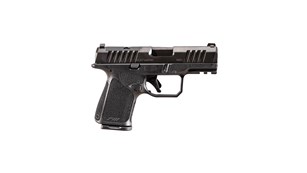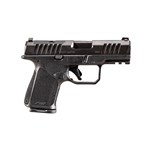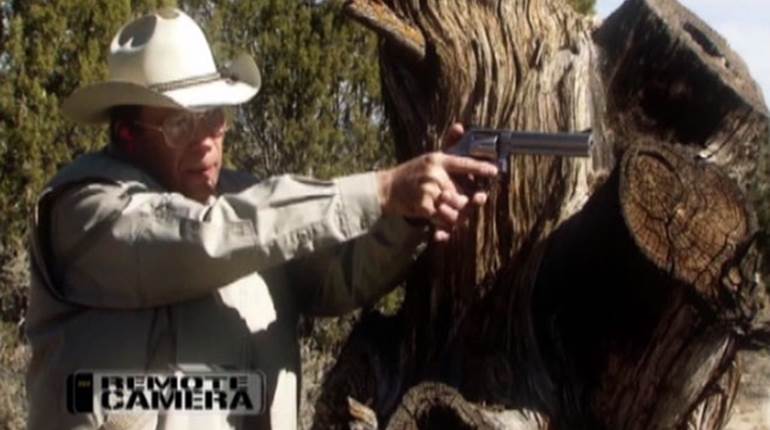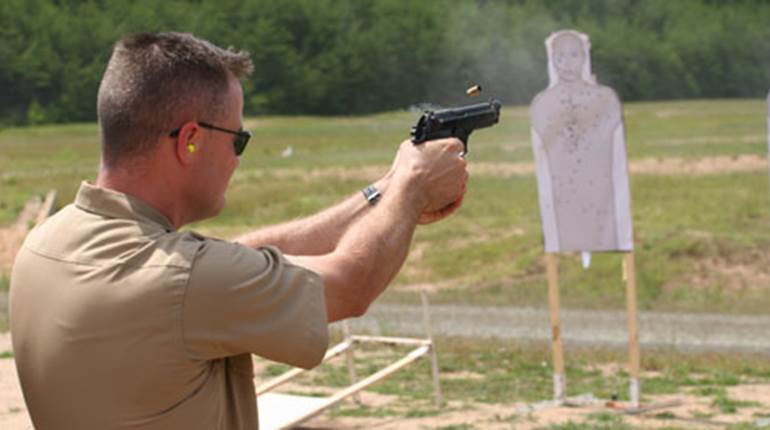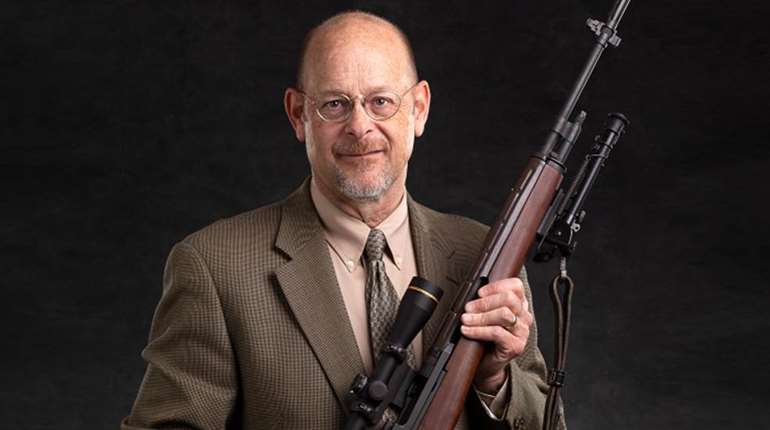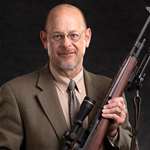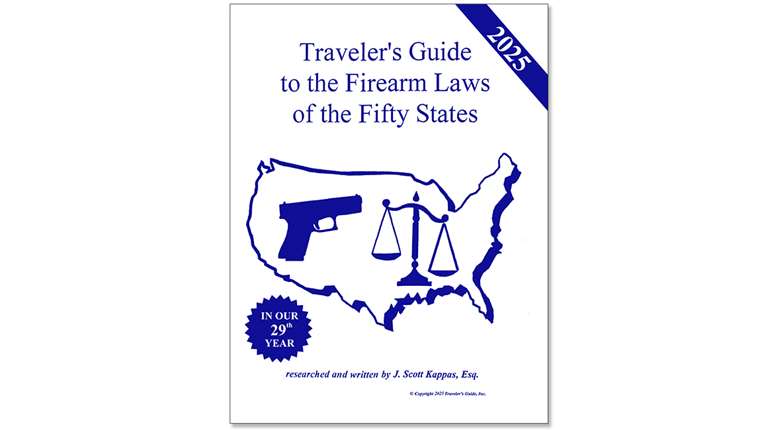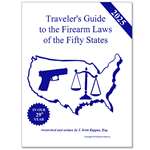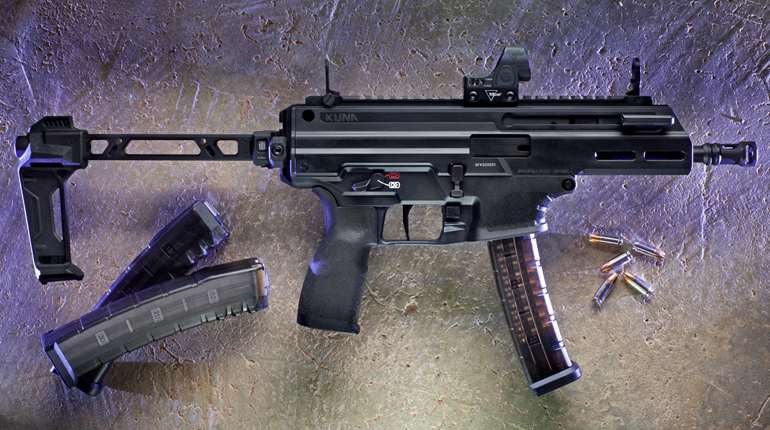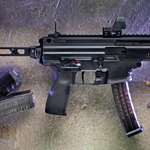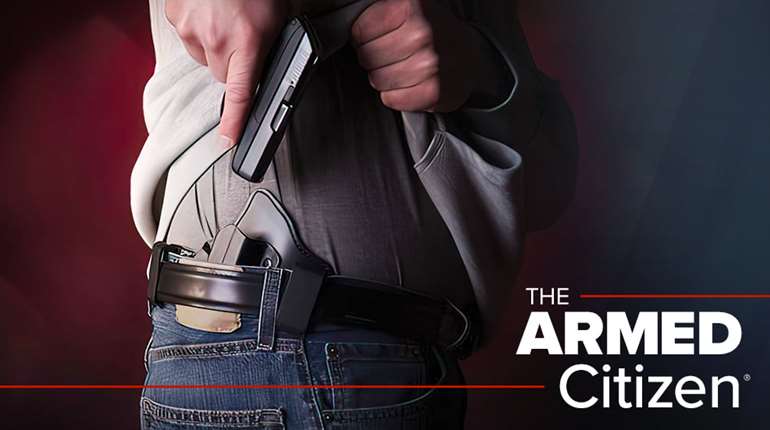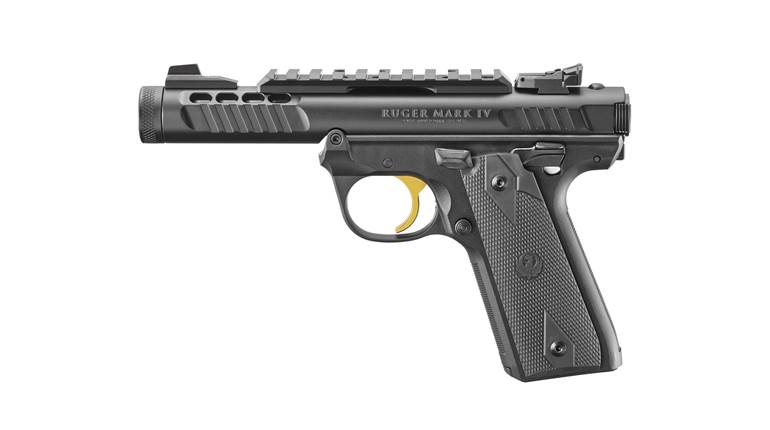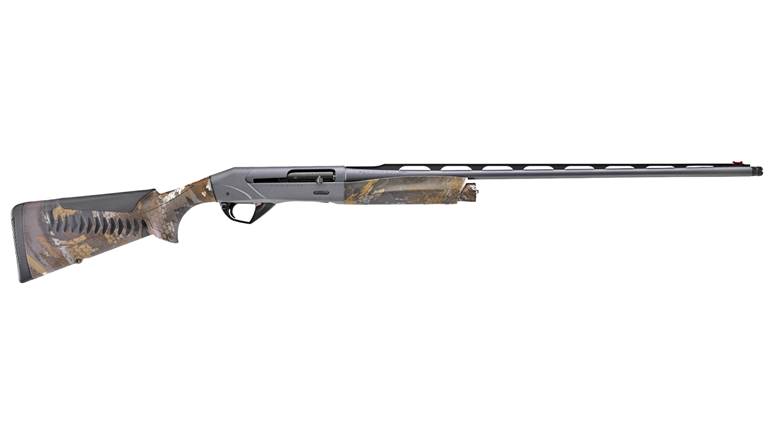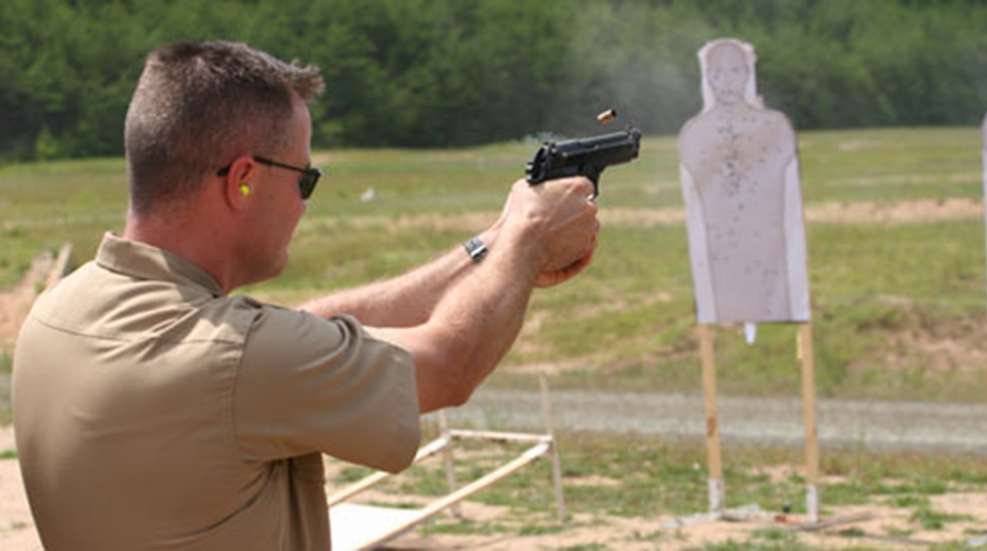
This story first appeared in Self-Defense News at Second Call Defense.
While there should never be a training requirement to exercise your Second Amendment right, training is nevertheless a good idea.
First, knowing how to use a firearm safely and effectively will pay off if you're ever in a situation where your life depends on your shooting skill. Second, the more training you have, the more likely you are to avoid mistakes that could lead to legal troubles.
You can use any kind of firearm to defend yourself, but the overwhelming popular choice in America is the handgun. So here are seven suggestions for learning handgun shooting skills, from a basic level up through more advanced levels.
Take a Basic Pistol Course
A basic pistol course will teach you about safety rules, gun handling, pistol types, marksmanship fundamentals, firing positions, cleaning and storage. You'll also get a chance to shoot one or more pistols on a firing range. Even if you have some experience with firearms, it's a good idea to take a course like this as a refresher.
You can contact local ranges for available courses or search the NRA database of certified firearm instructors and courses.
Go through the NRA Marksmanship Qualification Program
This is a do-it-yourself course that helps you develop your shooting skills. You are given a series of challenges that grow progressively more difficult, from the beginner level up to sharpshooter. There's no cost involved, other than range fees and whatever you spend on paper targets.
Download the entire program as a PDF document. In addition to the pistol program, you'll find separate programs for various types of rifles and shotguns.
Get Your CCW License
In most states, you need a permit or license to carry a concealed handgun outside your home. Licensing requirements often include classroom instruction on the law and some range time with your handgun. Whether or not you plan to carry your firearm, this is good training to have. Time spent on the range drawing from a holster is especially helpful, since this introduces more realism into your self-defense experience.
A good place to start is by visiting the website of your state's Attorney General. Here's a list of all the AGs in the United States.
Take Advanced Self-Defense Courses
Once you're comfortable with the basics, it's time to start challenging yourself. This can include drawing from concealment, firing at moving targets, engaging multiple targets, reloading, one-handed drills, and moving and shooting. At the more advanced levels, you can learn shooting in low light, moving around corners, partner drills and other skills.
These courses generally have names such as advanced pistol shooting, advanced concealed carry, home defense, defense outside the home and so on. At this level, it's particularly important to choose experienced and knowledgeable instructors. So ask around for references.
Practice Dry Fire at Home
In most places, you can't discharge a firearm within city limits. And you probably don't want to shoot up your home. So on days you can't make it to a shooting range, conducting dry fire drills is a way to get in some practice. All you really need is your unloaded handgun and a paper target. However, there are a variety of lasers, electronic targets and other nifty gadgets than can help make dry fire more fun.
Enter Local Bullseye Matches
The official name of this activity is NRA Conventional Pistol Shooting, but it's usually referred to as "bullseye" by most people. Matches generally take place at local ranges and consist of slow fire, timed fire and rapid fire stages where you compete for points on standard targets. Bullseye requires accuracy and trigger control, while introducing a little extra stress during the timed and rapid fire stages.
You can generally use an inexpensive .22 pistol and a minimum of equipment for indoor matches. For outdoor matches, you will need at least two different guns, a .22 and a .45 caliber, along with a little more gear. The Encyclopedia of Bullseye Pistol provides an in-depth source of information for this fun activity.
Compete in IDPA or IPSC Matches
For competition that's more closely related to real-world self-defense, you should consider IDPA (International Defensive Pistol Association) or IPSC (International Practical Shooting Confederation) matches. This is a kind of competition where you are given scenarios involving shooting from cover, rescuing hostages, engaging multiple targets, shooting on the move, etc. While no competition can totally prepare you for the stark reality of a self-defense situation, IDPA and IPSC come about as close as you can get and still maintain safety.
It's probably a good idea to watch a few matches before you try to enter one of these competitions. They're not complicated, but can be a challenge for the beginner. You can find out more about IDPA here and IPSC here.


